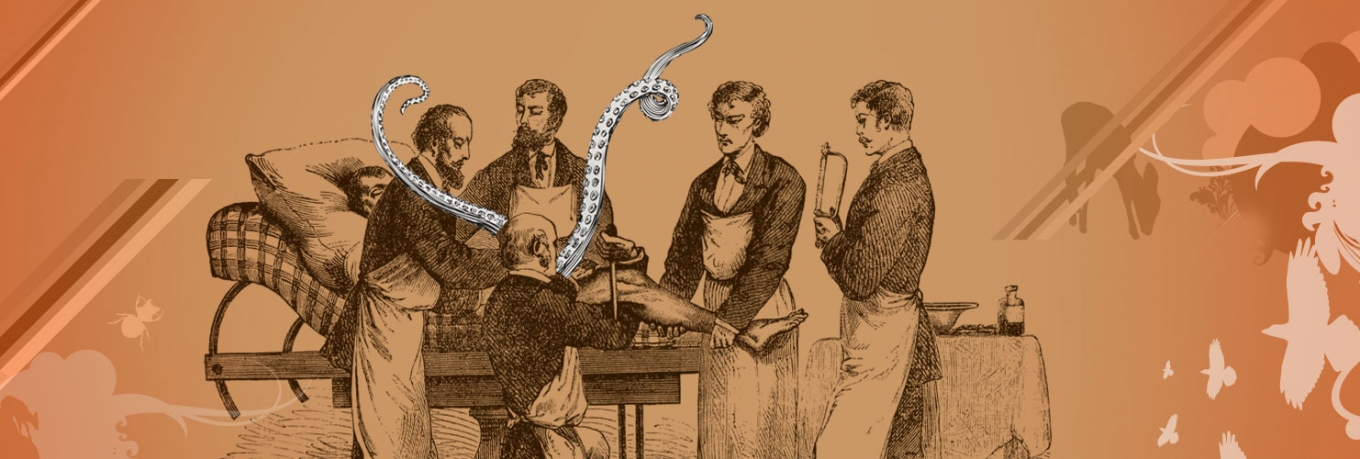In our report on creativity levels in internal comms, we explored the barriers that exist when developing a more creative approach within organisations.
Along with the common issues of objections from leadership, time, budget restraints and brand restrictions, respondents claimed that organisational culture was thwarting creativity.
With 93% of participants acknowledging the importance of creativity, we were keen to delve deeper into the barriers that are standing in the way.
We heard comments such as –
“Sad, but so many are hesitant to try something new.”
“In a global organisation, differences of opinion make it difficult to depart from a serious, strictly-business approach to anything.”
“We struggle with a conservative culture.”
In order to understand the challenge, it’s important to clarify what we understand by ‘organisational culture’. We like this explanation, which sums it up nicely:
‘Organisational culture is the reality created by how people act, react, and interact with each other based on their attitudes, beliefs, and ambitions.’
This definition helps to guide us when considering our starting point and what does and doesn’t fit in our own unique culture.
Developing a culture that allows creativity to flourish begins with breaking down where you are now and where you’d like to be – being realistic about it is vital. What improvements are you hoping to achieve? What behaviours would you like to address? What are the things that simply can’t be changed?
 It’s all about the attitude and mind-set of employees, taking a flexible, responsive approach and believing that they are permitted to challenge the state of play. Interestingly, when we consider creativity it’s easy to think of the wild and whacky, however this won’t always sit comfortably with a more conservative audience who are less willing to pursue the unconventional. There are many ways to begin moving towards a more creative approach that needn’t involve an attempt to replicate a Google culture overnight!
It’s all about the attitude and mind-set of employees, taking a flexible, responsive approach and believing that they are permitted to challenge the state of play. Interestingly, when we consider creativity it’s easy to think of the wild and whacky, however this won’t always sit comfortably with a more conservative audience who are less willing to pursue the unconventional. There are many ways to begin moving towards a more creative approach that needn’t involve an attempt to replicate a Google culture overnight!
So here are some thoughts, tips & tricks to consider, helping you on your journey to a more creative approach:
Educate the business. Build understanding of the benefits that creativity can bring.
Work Out Loud. It’s a powerful tool for sharing ideas and working towards common objectives. Encourage leaders to role models this behaviour.
Start the revolution. Change starts with a few determined people. Focus on the influential ‘believers’ (green dots) from across the business and recruit those that can be swayed (yellow dots). Initially, forget the nonbelievers (red dots).
Promote what’s possible. Share stories from other organisations, make them relevant and highlight how the approach can benefit your organisation.
Make incremental steps. Evolution not revolution. Remember, slow and steady wins the race.
Have a hackathon! A full day of intensive collaboration to innovate as a team and explore opportunities to push existing boundaries. Why not invite people from other teams along?
Have an upside down day. Or a back to front fortnight. Or even an inside out week.
Flip standard schedules on their heads and break out of normal work routines.
Promote togetherness. When teams are more remote or widespread, develop a culture of belonging and introduce core themes that apply, regardless of location or environment.
Be inclusive. Encourage ideas and creativity from others, reward and celebrate top suggestions. Implement the ideas – it’ll help to build trust and encourage more independent thinking.
Move on. It’s a harsh fact, but if the culture isn’t right for you then find somewhere that is! Recognise that it may be time to move on to a business that’s more suited to your skills and vision.
In Summary
Developing and maintaining the mindset to change things is one of the most important aspects of improving creative performance, particularly within a more conservative culture.
Introduce new ideas gently and slowly share initiatives that promote and reinforce a creative approach. When embraced and encouraged, creativity can exist in any culture.
Tweet us @Alivewithideas with your thoughts and experiences of introducing creative ideas to your organisations.
















